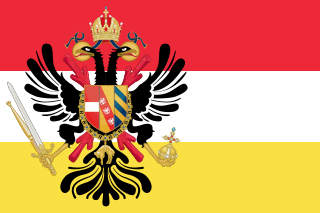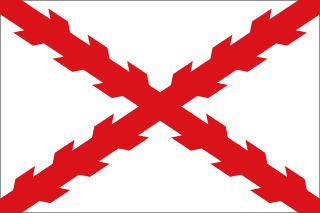
The Seventeen Provinces were the Imperial states of the Habsburg Netherlands in the 16th century. They roughly covered the Low Countries, i.e. what is now the Netherlands, Belgium, Luxembourg, and most of the French departments of Nord and Pas-de-Calais (Artois). Also within this area were semi-independent fiefdoms, mainly ecclesiastical ones, such as Liège, Cambrai and Stavelot-Malmedy.
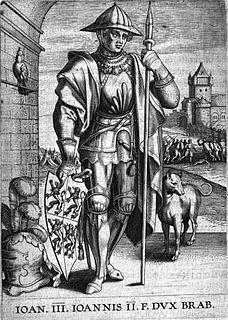
John III was Duke of Brabant, Lothier, and Limburg (1312–1355). He was the son of John II, Duke of Brabant, and Margaret of England.

Dilbeek is a municipality in the province of Flemish Brabant, in Flanders, one of the three regions of Belgium. The municipality comprises the villages of Dilbeek proper, Groot-Bijgaarden, Itterbeek, Schepdaal, Sint-Martens-Bodegem, and Sint-Ulriks-Kapelle. Dilbeek is located just outside the Brussels-Capital Region, in the Pajottenland, hence the local name Poort van het Pajottenland. Even though Dilbeek is located in the Dutch language area of Belgium, there is a French-speaking minority represented by 4 members on the 33-seat local council. It is a mostly residential community with largely preserved rural areas and some industrial zones.
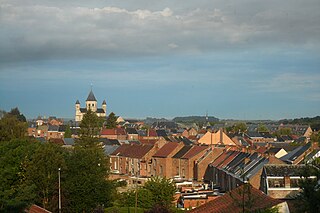
Nivelles is a Walloon city and municipality located in the Belgian province of Walloon Brabant. The Nivelles municipality includes the old communes of Baulers, Bornival, Thines, and Monstreux.

Spanish Netherlands was the collective name of States of the Holy Roman Empire in the Low Countries, held in personal union by the Spanish Crown from 1556 to 1714. This region comprised most of the modern states of Belgium and Luxembourg, as well as parts of northern France, southern Netherlands, and western Germany with the capital being Brussels.

The Abbey of Bury St Edmunds was once among the richest Benedictine monasteries in England, until the Dissolution of the monasteries in 1539. It is in the town that grew up around it, Bury St Edmunds in the county of Suffolk, England. It was a centre of pilgrimage as the burial place of the Anglo-Saxon martyr-king Saint Edmund, killed by the Great Heathen Army of Danes in 869. The ruins of the abbey church and most other buildings are merely rubble cores, but two very large medieval gatehouses survive, as well as two secondary medieval churches built within the abbey complex.

Tisbury is a large village and civil parish approximately 13 miles (21 km) west of Salisbury in the English county of Wiltshire. With a population at the 2011 census of 2,253 it is a centre for communities around the upper River Nadder and Vale of Wardour. The parish includes the hamlets of Upper Chicksgrove and Wardour.

Morley is a village and civil parish within the area of Erewash Borough Council in the English county of Derbyshire, north of Derby.

The village and parish of Ombersley is in the Wychavon District Council area of Worcestershire.

The Roman Catholic Archdiocese of Luxembourg is an archdiocese of the Latin Rite of the Catholic Church in the Grand Duchy of Luxembourg, comprising the entire Grand Duchy. The diocese was founded in 1870, and it became an archdiocese in 1988. The seat of the Archdiocese is the Cathedral of Notre Dame in the city of Luxembourg, and since 2011 the Archbishop is Jean-Claude Hollerich.

North Leigh is a village and civil parish about 3 miles (5 km) northeast of Witney in Oxfordshire. The parish includes the hamlet of East End, and since 1932 has also included the hamlet of Wilcote. The 2011 Census recorded the parish's population as 1,929.

Millstatt Abbey is a former monastery in Millstatt, Austria. Established by Benedictine monks about 1070, it ranks among the most important Romanesque buildings in the state of Carinthia. The Benedictines were succeeded by the knightly Order of Saint George in 1469 and the Society of Jesus in 1598.
Everberg is a town in the Belgian province Flemish-Brabant and is part of the municipality of Kortenberg. The territory covers an area of 925 ha. The neighbouring towns or municipalities are Leefdaal, Kortenberg, Erps-Kwerps, Meerbeek, Sterrebeek, Moorsel and Tervuren. A small hamlet, called Vrebos, can also be found in Everberg.
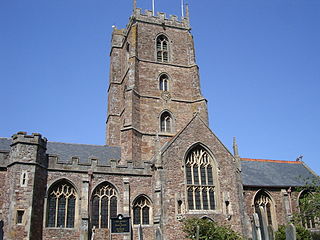
Dunster Priory was established as a Benedictine monastery around 1100 in Dunster, Somerset, England.
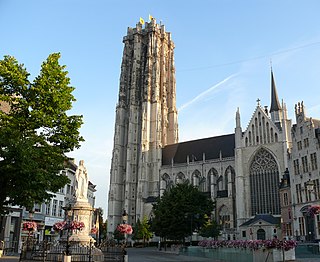
The Archdiocese of Mechelen-Brussels is an archdiocese of the Roman Catholic Church in Belgium. It is the Primatial See of Belgium and the centre of the Ecclesiastical Province governed by the Archbishop of Mechelen-Brussels, which covers the whole of Belgium. It was formed in 1559 and the bishop has a seat in two cathedrals, St. Rumbold's Cathedral in Mechelen and the Cathedral of St. Michael and St. Gudula in Brussels. The current Archbishop is Jozef De Kesel, who was installed in November 2015.

Roosendael Abbey was a community of Cistercian nuns, founded in the 13th century on the banks of the River Nete in the Duchy of Brabant, at a location now in Sint-Katelijne-Waver. The monastery was established in or before 1227 by the nobleman Gillis Berthout, according to later tradition for his daughters Elizabeth and Oda. An early member of the community who gave it a wider reputation for sanctity was Blessed Ida of Louvain.





